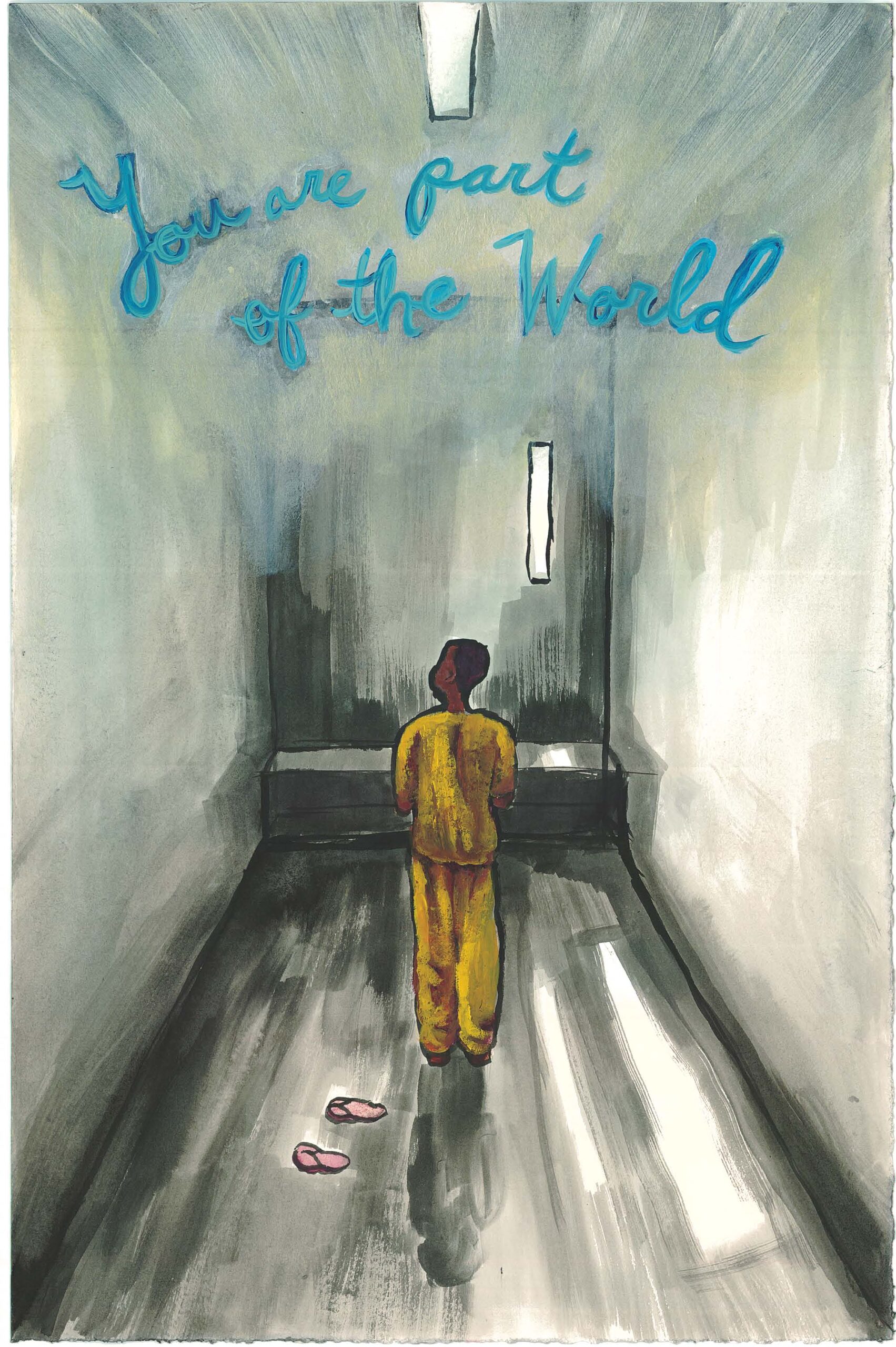By: Sophia, Macey, and Jenna
Our research question seeks to answer the complexities of youth incarceration and its various subsets of pollutants. It states, “How has youth incarceration contributed to, and been shaped by, pollution in all variants?
When discussing carceral institutions and geographies, there is a tendency to focus on the experience of adults, only considering the impact on youth in terms of children with incarcerated family members. However, juvenile justice systems have grown alongside adult systems and can provide a different lens for understanding carceral spaces as pollutants. Additionally, adolescent incarceration is often painted as rehabilitative and a necessary avenue for youth services. Our research presented on this website aims to disprove this image and reinforce the fact that carceral institutions—no matter what they look like on the surface—are pollutants. Further, understanding how carceral systems impact people when they are adolescents can help us see patterns and pipelines that reinforce adult incarceration. We explore this research question in three different ways:
- A wholistic view of the social, emotional, and environmental pollution around the JJSC facility in Philadelphia.
- An analysis of youth reentry programs and how government ones differ from community-based programs
- A reflection of how the physical and social environment in juvenile detention centers affect the psychosocial development of the incarcerated youth.
Through our ongoing research we were able to conclude that pollution in all forms is an extremely prevalent result of youth incarceration. Not only does youth incarceration forcibly take an individual’s childhood from them, but it also deprives them of basic social and emotional resources which are crucial for development. For example, as we came across in our research a study piblished by the Clinical Psychology review highlights the various social and emotional implications of youth incarceration. The author, Ian Lambie writes, “ This study found that disadvantaged youths are more likely, for the same degree of antisocial behavior, to undergo intervention by the juvenile court and that this then facilitates their initiation into a criminal career” (Lambie 2013). The current system only exacerbates the individuals need for help and support by continuing to push them into the run around of the system. Within this same scope, juvenille incarceration facilities continue to violate green space, as they are built and operated with little respect to possible environmental repercussions. Harrison Ashby highlights this environemntal damage done by juvenille facilities, showing “ it was determined that, out of 167 sites housing juveniles, four are within one mile of at least one Superfund site, and 49 are within 5 miles of at least one Superfund site” (Ashby).
Here, we see that not only do juvenile incarceration facilities pose a great risk to the social and emotional development of our youth, but they pose increasing riks to their physical health and wellness. We have seen that not only do youth incarceration facilities lack the resources needed to promote youth support, their inherent nature and structure poses a significant risk to their wellbeing. The lasting effects of juvenile facilities leave permanent physical and mental scars on both those are forced to stay there, as well as the physical space it occupies. Our holistic research showcased how both social/emotional pollution, and environmental pollution is not only a by product but a foundation for juvenile justice facilities.
